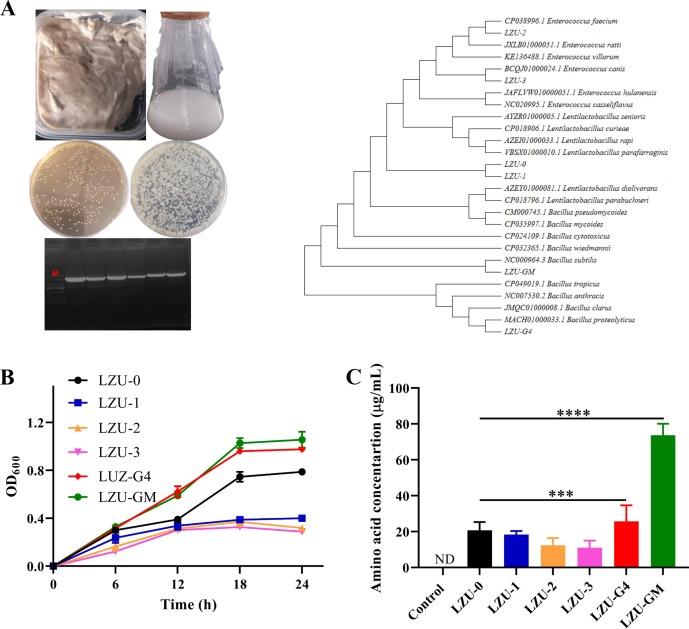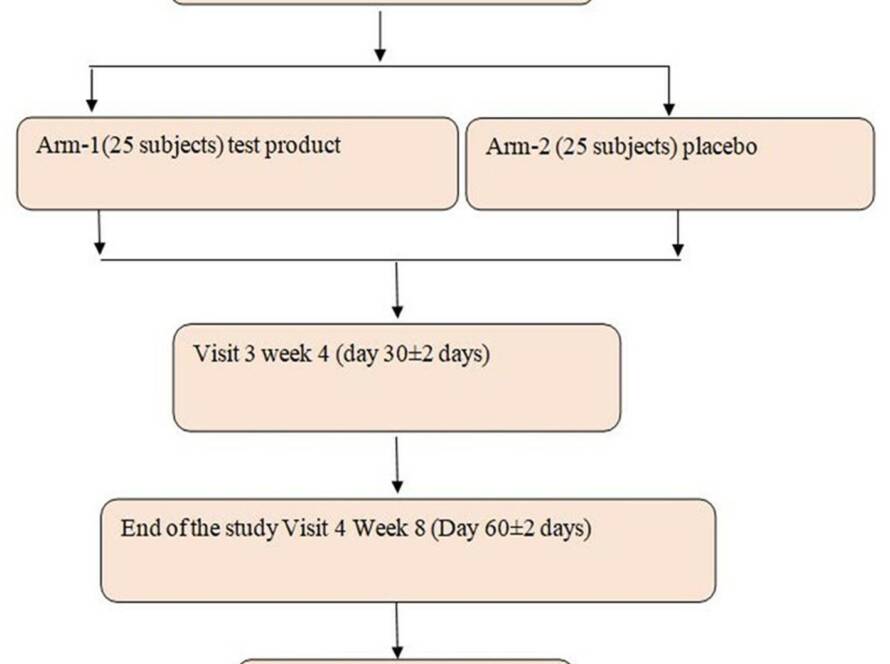In the dynamic landscape of oral health research, scientists tirelessly quest for innovative approaches to prevent dental diseases, one of which includes the exploration of the microbiome within the human mouth. Amidst this exploration, lactic acid bacilli, traditionally celebrated for their role in food fermentation, have emerged as potential protagonists in the narrative of oral health. This article delves into the rigorous evaluation of human dental plaque lactic acid bacilli for their probiotic potential and conducts a comprehensive functional analysis to ascertain their relevance to oral health. By meticulously examining the characteristics, behaviors, and effects of these microorganisms, the study aims to shed light on how they can be harnessed to bolster oral health, combat dental diseases, and ultimately, contribute to improving overall well-being. Through a blend of scientific inquiry and practical implications, this research endeavors to feed the curiosity of both the scientific community and those passionate about pioneering methods of maintaining oral hygiene.
Table of Contents
- Exploring the Role of Lactic Acid Bacilli in Dental Plaque: Implications for Oral Health
- Assessment of Probiotic Potential in Human Dental Plaque Lactic Acid Bacilli
- Functional Analysis of Lactic Acid Bacilli: A Closer Look at Oral Health Benefits
- Recommendations for Future Research and Clinical Applications
- Q&A
- In Conclusion
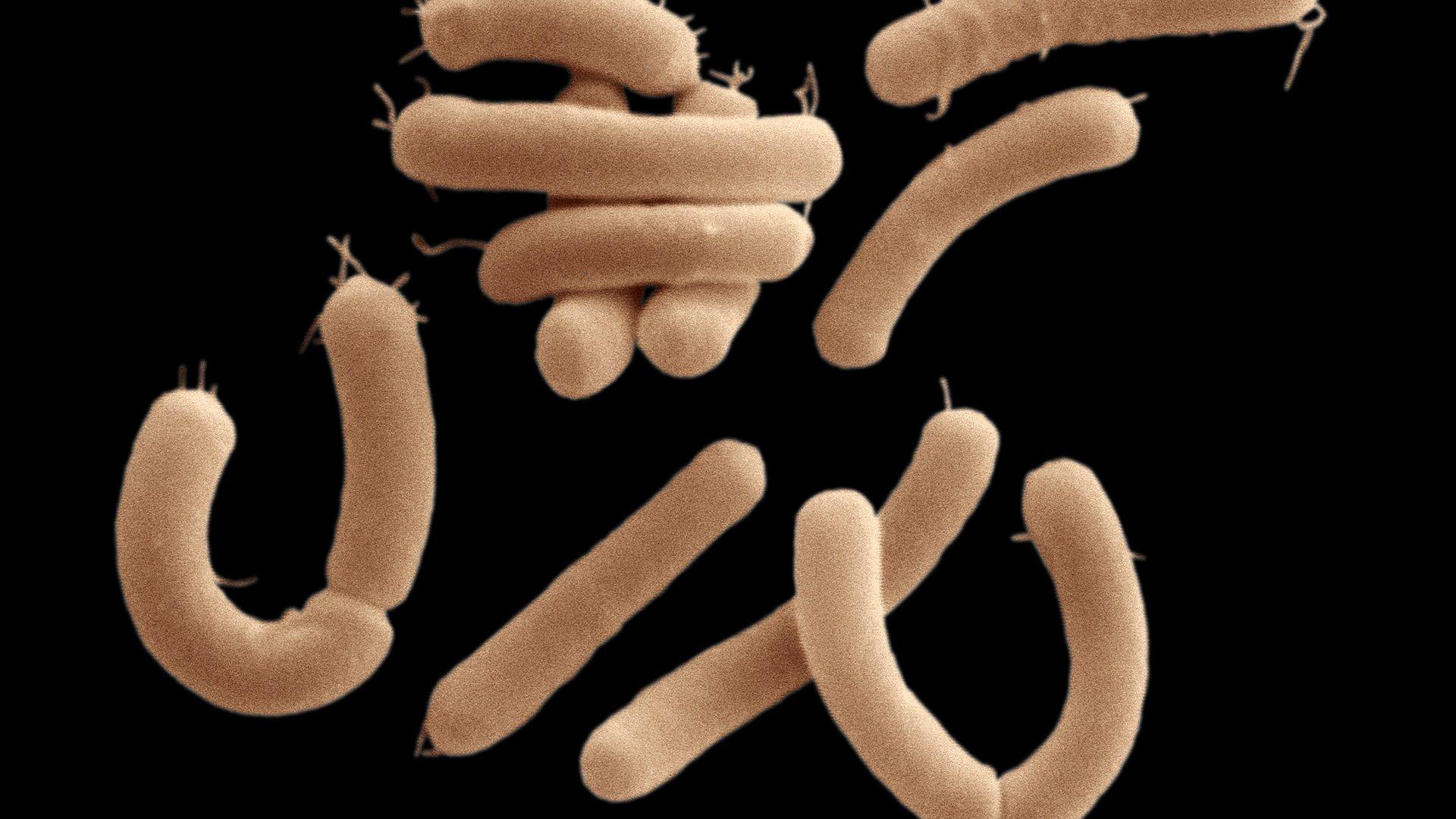
Exploring the Role of Lactic Acid Bacilli in Dental Plaque: Implications for Oral Health
Diving into the microscopic world of our oral cavity, one might find the bustling metropolis of bacteria quite fascinating. Among the diverse inhabitants, Lactic Acid Bacilli (LAB) stand out for their dual roles, potentially menacing in the formation of dental plaque yet promising as probiotic contenders. These microorganisms, primarily known for their role in fermenting dairy products, have garnered attention for their presence in dental plaque. This raises an intriguing question: could these bacteria, traditionally viewed in a negative light for their acid-producing capabilities that contribute to tooth decay, actually offer benefits for oral health? Recent studies suggest that certain strains of LAB could be harnessed for their probiotic properties to combat pathogenic bacteria, maintain oral microbial balance, and enhance overall dental health.
The evaluation of LAB’s probiotic potential in the oral cavity involves meticulously screening for strains with specific beneficial traits. Criteria for this selection include:
- Ability to adhere to oral surfaces: A critical trait that allows probiotics to colonize and exert their benefits.
- Antimicrobial activity: The capability to inhibit or kill pathogenic oral bacteria that cause diseases such as dental caries and periodontitis.
- Safety: Strains must be non-pathogenic and safe for human consumption.
- Resistance to oral conditions: Survivability in the challenging environment of the oral cavity, including resistance to saliva and pH fluctuations.
| Strain | Adherence Capability | Antimicrobial Activity | Resistance to Oral Conditions |
|---|---|---|---|
| LAB 1 | High | Moderate | Strong |
| LAB 2 | Medium | High | Moderate |
| LAB 3 | Low | Low | High |
Understanding these characteristics not only aids in identifying LAB strains with probiotic potential but also paves the way for novel approaches to oral health care. Through functional analysis and rigorous testing, the selected LAB strains could become integral components of next-generation oral care products, offering a natural and effective way to maintain oral hygiene and prevent dental diseases.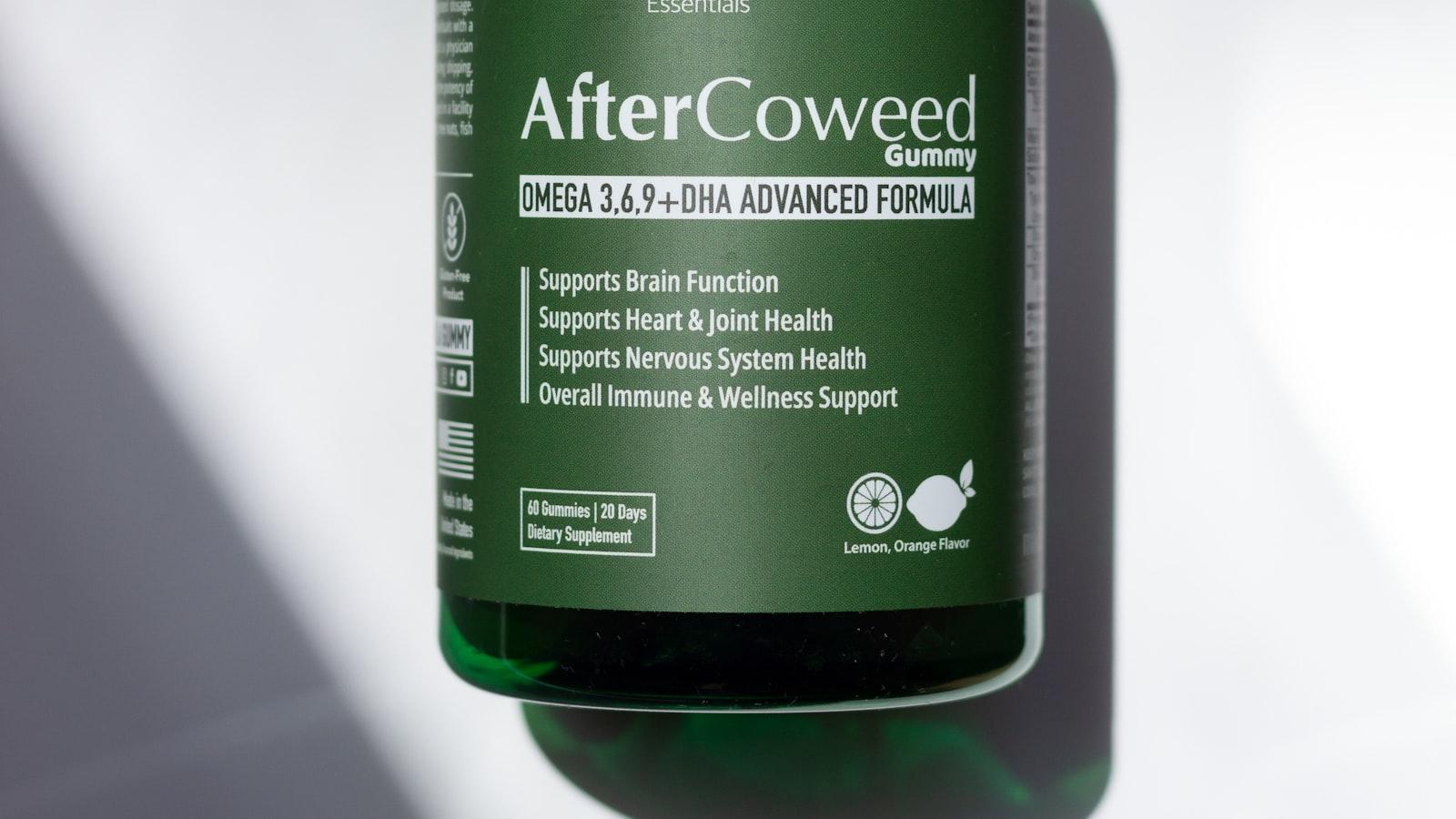
Assessment of Probiotic Potential in Human Dental Plaque Lactic Acid Bacilli
In the intriguing world of oral microbiota, lactic acid bacilli (LAB) stand out for their pivotal role in the maintenance and promotion of oral health. These microorganisms, commonly found nestled within the complex ecosystem of human dental plaque, have garnered significant interest for their probiotic potential. Probiotics, traditionally associated with gut health, are now being explored for their benefits in the oral cavity. The focus on LAB in dental plaque stems from their ability to produce lactic acid and other antimicrobial substances, which can inhibit the growth of pathogenic bacteria, thereby reducing the risk of dental caries and periodontal diseases.
Further analysis into the functional aspects of LAB in oral health reveals a multifaceted approach towards combating oral pathogens. These bacteria not only produce substances that directly inhibit harmful bacteria but also modulate the host immune response, thereby providing a holistic defense mechanism against oral diseases. For instance, certain strains of Lactobacillus acidophilus have been shown to interfere with the adhesion processes of pathogenic bacteria, an essential step in the development of dental plaque and subsequent oral health issues. Additionally, the production of bacteriocins by LAB can provide a natural antibiotic effect, further enhancing their probiotic potential. The exploration of these functions underscores the importance of LAB in maintaining a balanced oral microbiome, highlighting the potential for novel probiotic therapies in dentistry.
<!--Table showcasing the potential effects of Lactic Acid Bacilli in oral health-->
<table class="wp-table">
<tr>
<th></th>
<th>Beneficial Effects</th>
<th>Strains Involved</th>
</tr>
<tr>
<td>1</td>
<td>Antimicrobial Production</td>
<td>Lactobacillus reuteri, Lactobacillus salivarius</td>
</tr>
<tr>
<td>2</td>
<td>Inhibition of Pathogenic Bacteria Adhesion</td>
<td>Lactobacillus acidophilus</td>
</tr>
<tr>
<td>3</td>
<td>Immune Response Modulation</td>
<td>Lactobacillus paracasei</td>
</tr>
<tr>
<td>4</td>
<td>Natural Antibiotic Effect</td>
<td>Lactobacillus plantarum</td>
</tr>
</table>This exploration into the probiotic capabilities of LAB within the oral cavity not only paves the way for enhanced oral health strategies but also opens up new avenues for research into the prevention and management of oral diseases through microbiome modification.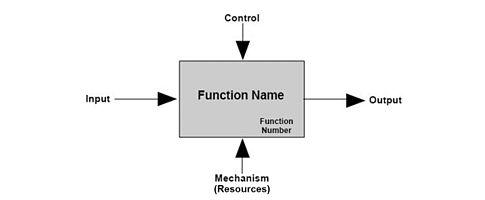
Functional Analysis of Lactic Acid Bacilli: A Closer Look at Oral Health Benefits
When diving into the microscopic world of our mouths, a bustling ecosystem emerges, dominated by a variety of bacterial species, among which lactic acid bacilli (LAB) play a pivotal role. Traditionally regarded as villains in the narrative of dental health due to their acid-producing capabilities, recent studies have begun to paint a more nuanced picture. Research suggests that certain strains of LAB might not only be benign but could, in fact, have significant probiotic potential, contributing positively to oral health. This paradigm shift prompts a closer examination of these microorganisms, particularly their functional properties in the context of human dental plaque and their ability to combat oral pathogens. Detailed functional analysis reveals how these beneficial bacteria adhere to dental surfaces, create an environment less hospitable to harmful bacteria, and potentially help in reducing the incidence of cavities and gum disease.
The exploration into the probiotic potential of LAB in oral health is not merely academic; it holds practical implications for the development of innovative dental care products. Identifying specific strains that exhibit strong adhesion to enamel and potent anti-pathogenic effects could lead to the formulation of new probiotics targeted at maintaining a balanced oral microbiome. For instance, certain strains have been shown to secrete bacteriocins, which are proteins capable of killing competitor bacterial species. Advancements in genomic and proteomic technologies have enabled researchers to map the genetic pathways responsible for these beneficial attributes, opening the door to customized probiotic treatments for oral health.
| Strain | Beneficial Property | Application |
|---|---|---|
| L. acidophilus | Acid tolerance, bacteriocin production | Probiotic dental rinses |
| L. rhamnosus | Strong adhesion to enamel | Chewing gums |
| L. reuteri | Anti-inflammatory effects | Lozenges |
Through a combination of in vitro assays and clinical trials, a body of evidence is building in support of the conception that Lactic Acid Bacilli have a repertoire of actions beneficial to oral health. From enhancing the integrity of the oral mucosa to reducing halitosis and combating periodontal pathogens, the scope of their impact is vast. This functional analysis underscores not only the complexity of the oral microbiome but also the potential of harnessing its constituents for health-promoting purposes.
Recommendations for Future Research and Clinical Applications
The exploration into the realm of dental plaque lactic acid bacilli (Lactobacilli) has unearthed potential probiotic candidates capable of revolutionizing oral health care. Future research should pivot towards comprehensive in vivo studies to validate these findings within human populations. Such studies could help in understanding the complex interactions between these probiotics and the oral microbiome at large. It’s also imperative that research delves into the development of formulations that can facilitate the colonization and survival of these beneficial bacteria in the oral cavity. Additionally, the genetic modification of lactic acid bacilli strains to enhance their beneficial properties, like acid tolerance and adhesion capabilities, presents a promising avenue for optimizing their efficacy as probiotics.
From a clinical application perspective, harnessing the probiotic potential of lactic acid bacilli from dental plaque necessitates the creation of innovative delivery systems. These systems should not only ensure the bacteria’s viability but also their sustained release and distribution within the oral environment. Potential formats could include lozenges, chewing gums, and mouthwashes. Furthermore, the integration of these probiotics into routine dental care practices would be a monumental step forward, possibly leading to their inclusion in preventive care guidelines. Clinicians could also benefit from a deeper understanding of how individual differences in oral microbiota affect the effectiveness of these probiotics, tailoring treatments to achieve optimal outcomes for oral health.
Q&A
### Evaluation of Human Dental Plaque Lactic Acid Bacilli for Probiotic Potential and Functional Analysis in Relevance to Oral Health: A Q&A
What is the focus of this research?
The research concentrates on exploring the probiotic potential of lactic acid-producing bacteria (LAB) isolated from human dental plaque. It aims to understand how these bacteria could contribute to oral health by analyzing their functional properties that might fight off pathogens or support a healthy oral microbiome.
Why is dental plaque chosen as a source for isolating lactic acid bacilli?
Dental plaque is a complex biofilm that harbors a diverse microbial community, including beneficial microorganisms. Lactic acid bacilli are part of this microbiota and play a crucial role in the maintenance of oral health. By focusing on dental plaque, researchers can investigate LAB that are already adapted to the oral environment, potentially offering targeted probiotic benefits.
How does lactic acid production by LAB contribute to oral health?
Lactic acid production is a significant metabolic activity of LAB that helps maintain an acidic pH in the oral cavity, which can inhibit the growth of harmful pathogens. Furthermore, lactic acid can act as a signaling molecule, influencing the composition of the oral microbiota and promoting the dominance of beneficial microbes.
What methodologies were used to evaluate the probiotic potential of LAB from dental plaque?
The study employed a range of methodologies to assess the probiotic potential of isolated LAB strains. These included evaluating their ability to adhere to oral epithelial cells, resistance to oral cavity stress conditions (such as varying pH levels and the presence of saliva), antagonistic activity against oral pathogens, and their safety profile for human use.
What were the key findings of this research in terms of LAB’s functionality that could benefit oral health?
The research identified several LAB strains with promising probiotic attributes, including strong adherence to oral epithelial cells, resilience under oral cavity stress conditions, and significant antagonistic activity against common oral pathogens. These strains show potential for inclusion in probiotic formulations to support oral health by balancing the oral microbiota and inhibiting the growth of harmful bacteria.
Could these LAB strains directly replace conventional oral health treatments?
While the findings are promising, the LAB strains identified in this study are not meant to replace conventional oral health treatments, such as brushing, flossing, or the use of antimicrobial agents. Instead, they could complement existing oral health practices by offering a biological method to support oral microbiome balance and potentially reduce the risk of oral diseases.
What are the next steps in researching these LAB strains for oral health applications?
Future research will focus on in vivo studies to confirm the beneficial effects observed in vitro. This includes evaluating the safety and efficacy of these LAB strains in human participants, understanding their behavior and stability within the complex oral environment, and developing delivery mechanisms for these probiotics, such as lozenges, gums, or mouthwashes.
How might this research impact the development of probiotic products for oral health?
This research lays the groundwork for the development of novel probiotic formulations specifically designed for oral health. By leveraging the natural beneficial effects of LAB isolated from dental plaque, new products could emerge that target the prevention and management of oral diseases, offering a complementary approach to traditional oral healthcare practices.
In Conclusion
In conclusion, the evaluation of human dental plaque lactic acid bacilli for their probiotic potential and functional analysis relevant to oral health illuminates a promising frontier in the pursuit of enhanced oral healthcare solutions. This investigation underscores the complexity of the oral microbiome and the pivotal role that specific lactic acid bacilli strains can play in promoting oral health. While promising, these findings also highlight the need for further research to fully understand the mechanisms behind the probiotic effects observed and to verify the safety and effectiveness of these strains when used in probiotic formulations. The potential for these bacteria to contribute to preventive oral healthcare strategies offers a tantalizing prospect for both clinicians and patients, aiming for a future where probiotic therapies might complement or even replace traditional treatments for a host of oral health conditions. As we advance, it will be crucial to navigate these discoveries with thorough scientific scrutiny, ensuring that the integration of probiotics into dental care is both beneficial and evidence-based.

